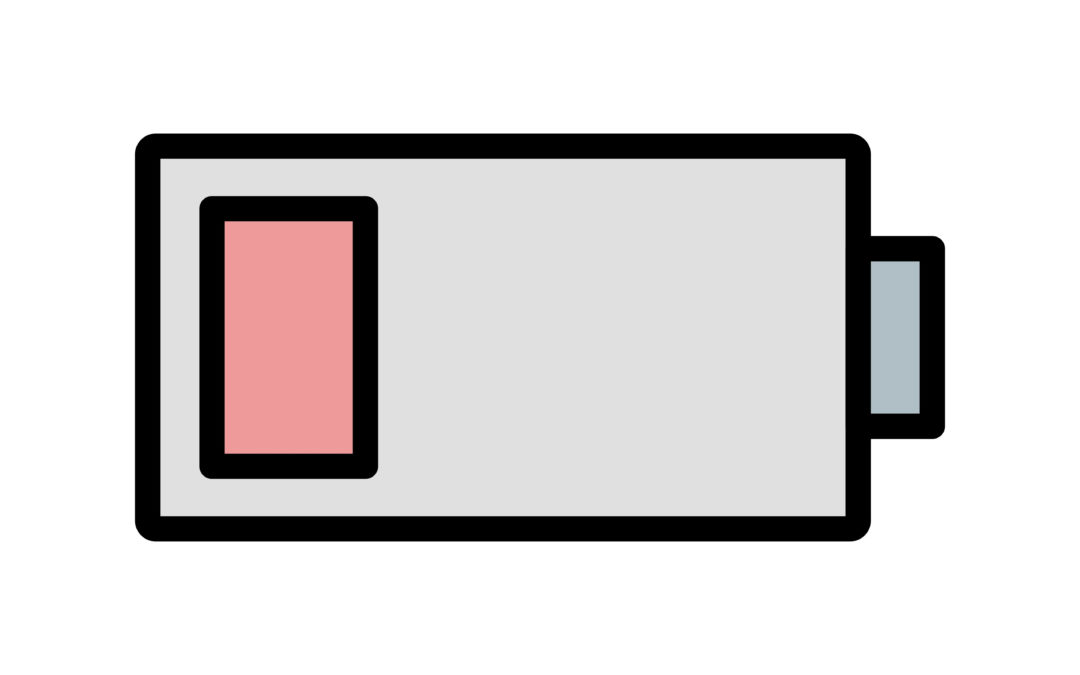If you’ve invested in any smart home technologies, you know how quickly you learn to rely on them. As you start to adjust your routine and habits, it quickly becomes hard to imagine life before all the automation. Here are a couple of ways to make sure you’re always connected, even when problems arise.
- Plan a time to recharge. Depending on the system used in your home, certain elements or tools that don’t plug in often rely on a battery source. Whether you have to change out a physical battery or recharge the device, plan on charging them all on a certain day of the month, quarter or year depending on the item’s battery life. This way – there are no surprises when you run out of power. (And if the device requires replaceable batteries, consider using rechargeable ones instead!)
- Battery-operated devices are convenient in a power outage…but what about the internet? It’s equally as important in a smart-home device. Look into a “UPS” – uninterrupted power supply. They can be inexpensive and incredibly useful. A UPS ensures that your modem, router and whatever hub controls the devices in your smart-home all stay connected. The time-span it covers depends on the quality of the power supply you choose.
- While a UPS is great for quick flickers, if you really want to be prepared for the worst, a home-generator is the way to go. In any emergency that turns your power off, a quality generator keeps everything up and running, allowing you to stay safe within your home.
Another option to consider when planning the power in your home is a whole-house surge protection device, which got it’s own blog post a while back.
Regardless of how “smart” your home is already, Symbio can help make sure it’s protected. Give us a call today! 713.780.4601

